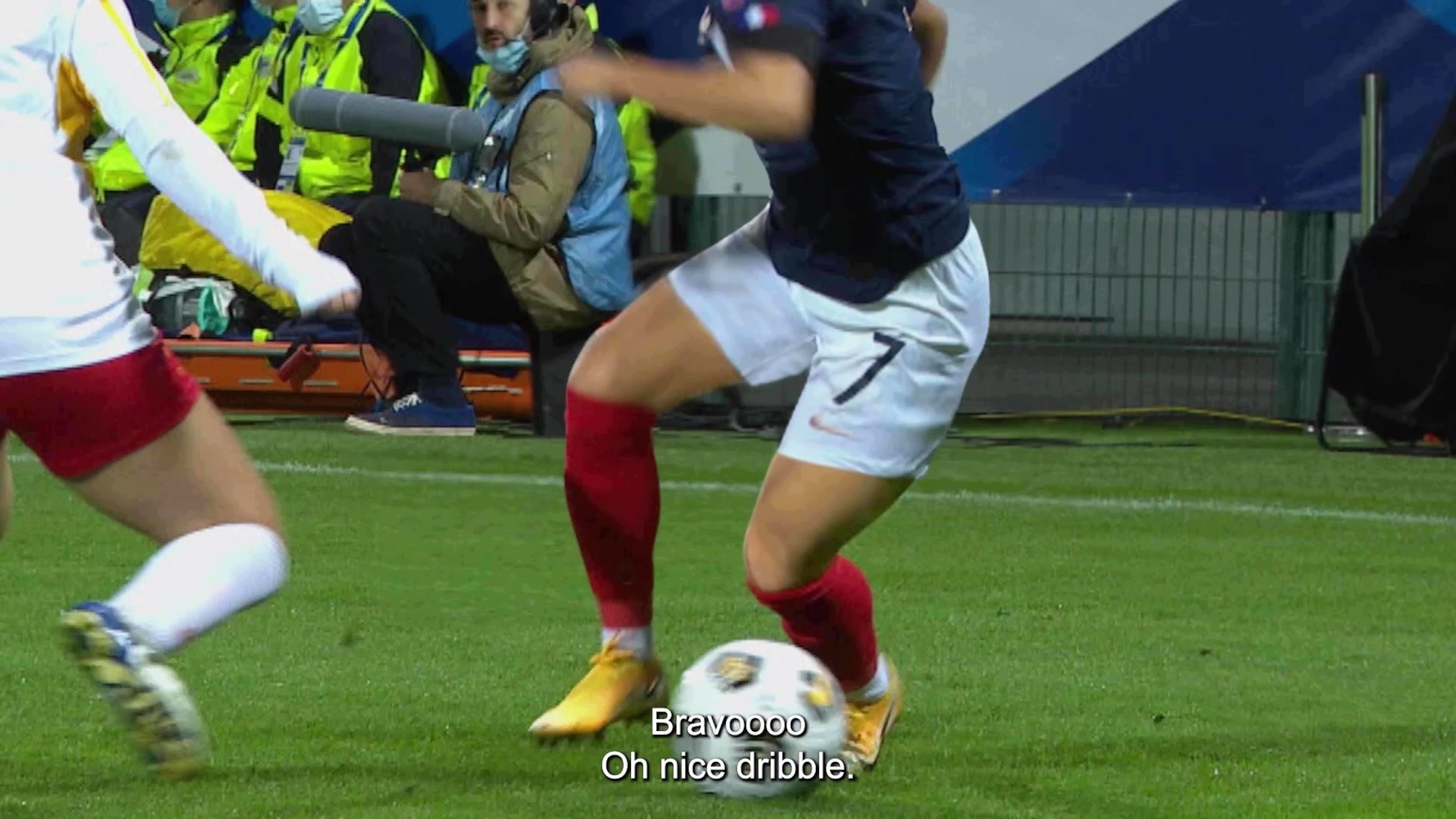Film > Viral Film
MAYBELLINE'S VIRAL CGI MASCARA VIDEO
MAYBELLINE COSMETICS, London / MAYBELLINE / 2024


Overview
Credits
Overview
Why is this work relevant for Film?
Our work demonstrates how a viral film can disrupt a highly competitive category by initiating the “fakevertising” cultural trend in the beauty industry. Mascara advertising is all about drama… and most brands rely on product demos or influencers to dramatise their product.
Instead of taking the traditional route of product demos, fake lashes, retouching and influencers, Maybelline decided to break all the norms of mascara advertising and give our audience a real “fake” news story to talk about. Maybelline created two viral films engineered to take social media by storm and send clout-obsessed beauty consumers into a frenzy.
Please provide any cultural context that would help the Jury understand any cultural, national or regional nuances applicable to this work.
In the UK the rise of social media & influencer culture defines the rhythm of the beauty industry and is critical in deciding which products go “viral”.
With virality directing sales in the market, many brands have flocked to social channels with sponsored beauty comms, specifically reliant on influencer content, in the attempt to make their products “go viral”. While influencer-endorsed products have taken the beauty industry by storm, turning the social landscape into a sea of product ads; there has also been a rise in exaggerated product claims and false demonstrations by several influencers. While influencer content has been effective in driving sales, it has also generated distrust in beauty content.
As a result, many consumers are becoming disenchanted with influencers who have been increasingly demonstrating unrealistic product benefits, fake lashes, airbrushing, retouching.
As the #1 make-up brand in the UK, we are known for big, traditional beauty campaigns. But this time, we wanted to rewrite the rule book of beauty advertising and make it more human and real. We could have gone big with influencers or launched an expensive traditional campaign, but we decided to do something completely out of the box.
We wanted to produce a piece of creative work that wouldn’t sell but entertain and make the beauty category more fun and human at the same time. So, we decided to take human faces out of the equation altogether…putting a spin on “fake” in a way that would entertain and connect with our audience.
Write a short summary of what happens in the film
In the short film, we see a giant Sky-High mascara wand combing through lashes attached to London’s iconic public transport.
In the first edit, giant lashes attached to the front carriage of a London Underground train get combed through by a mascara wand attached to an OOH billboard ad.
In the second film, we see the giant lashes on top of a red double-decker London bus, being perfected by a mascara wand attached to a building.
The films are intentionally edited to look like they were captured organically on the phones of passers-by, to leave viewers wondering was it real or was it fake and being the contributing factor to the films’ virality. The absence of embellishments in post-production, like branding or music, allowing only the authentic, real-life sounds of passing trains and bustling traffic, which made people believe our “fake-vertising” was indeed real, sending social media into a frenzy.
Background:
Since 2016, product sales in the beauty industry have been dictated by influencers and social media. This was especially true in the mascara category, overcrowded with fake: cookie-cutter influencer content, inflated product claims and exaggerated (sometimes fake) lashes.
In order to boost the sales of our Sky High Mascara we had to stand out in an ocean of artifice.
We know virality equals sales in this cluttered category and the traditional method would be to engage an expensive influencer campaign with all the fake glam to get people talking and buying. Or we could do something totally different.
Putting a spin on “fake” in a way that entertains and engages our audience, in a way that no make-up brand has ever done before.
Instead of exaggerating our product benefits with fake lashes, influencers and demos, we decided to, quite literally, exaggerate our product in our “fake-vertising”
Describe the Impact:
We achieved our objective of landing Maybelline into social conversation with 150 million views in the 1st week of launch, achieving over 8 million engagements. It appeared in several publications organically, reaching over 825m PR circulation.
It wasn’t only beauty enthusiasts losing their minds over our film; Steven Bartlett created a Youtube video about the ad and drew comparisons to the Kylie Jenner x ASOS copycat version.
With one small CGI video that cost £25k, Maybelline saw the strongest ROI ever. With a remarkable +298% upsurge in earned media value. The result was the most successful sales period for Sky High year-to-date; +118% sales uplift and the biggest peak of sales during the week of virality.
But most importantly our viral film started the new wave of CGI films and fake OOH trend in the beauty category, and beyond with many brands following in our footsteps!
More Entries from Viral Film in Film
24 items
More Entries from MAYBELLINE COSMETICS
7 items























